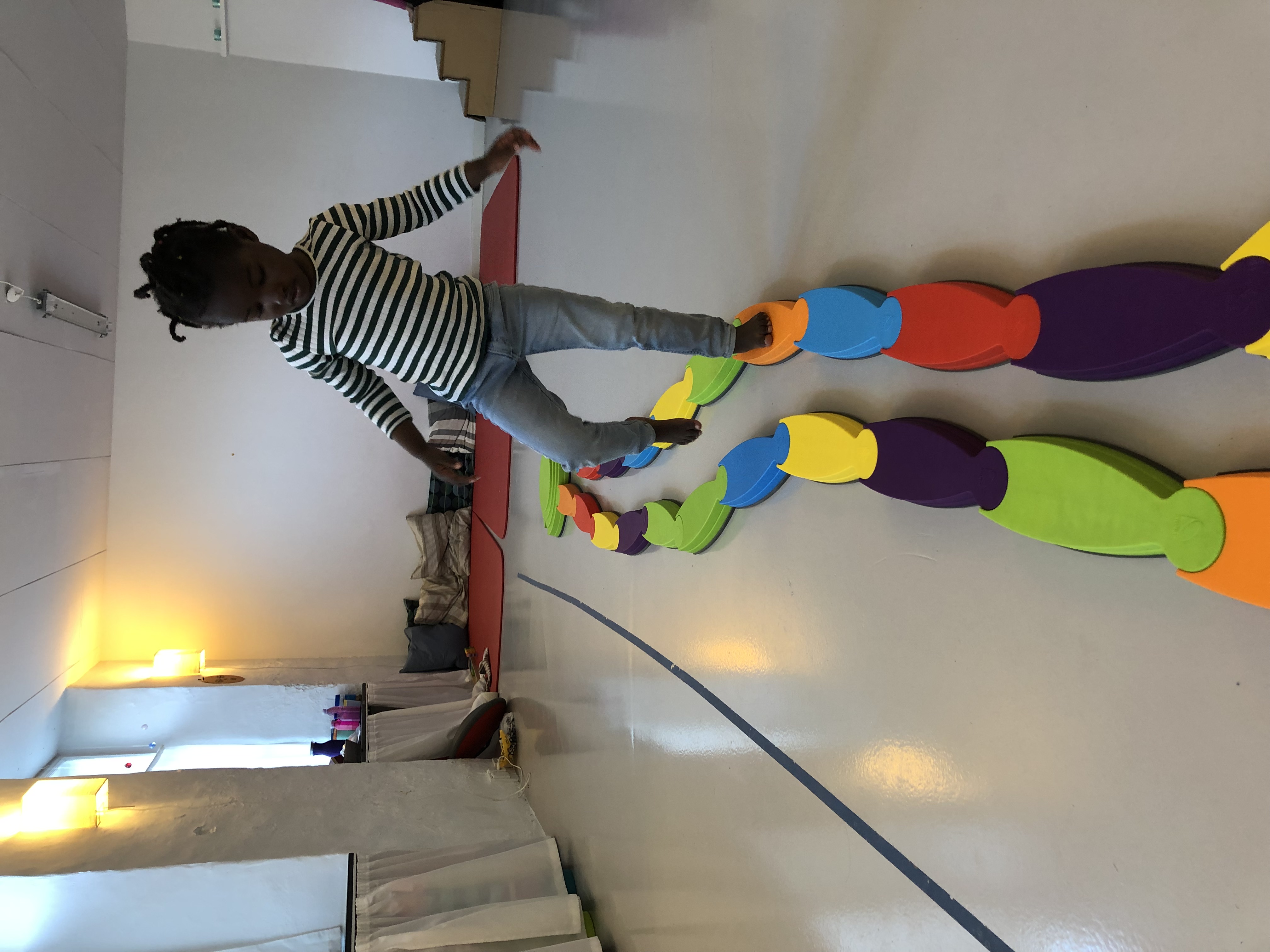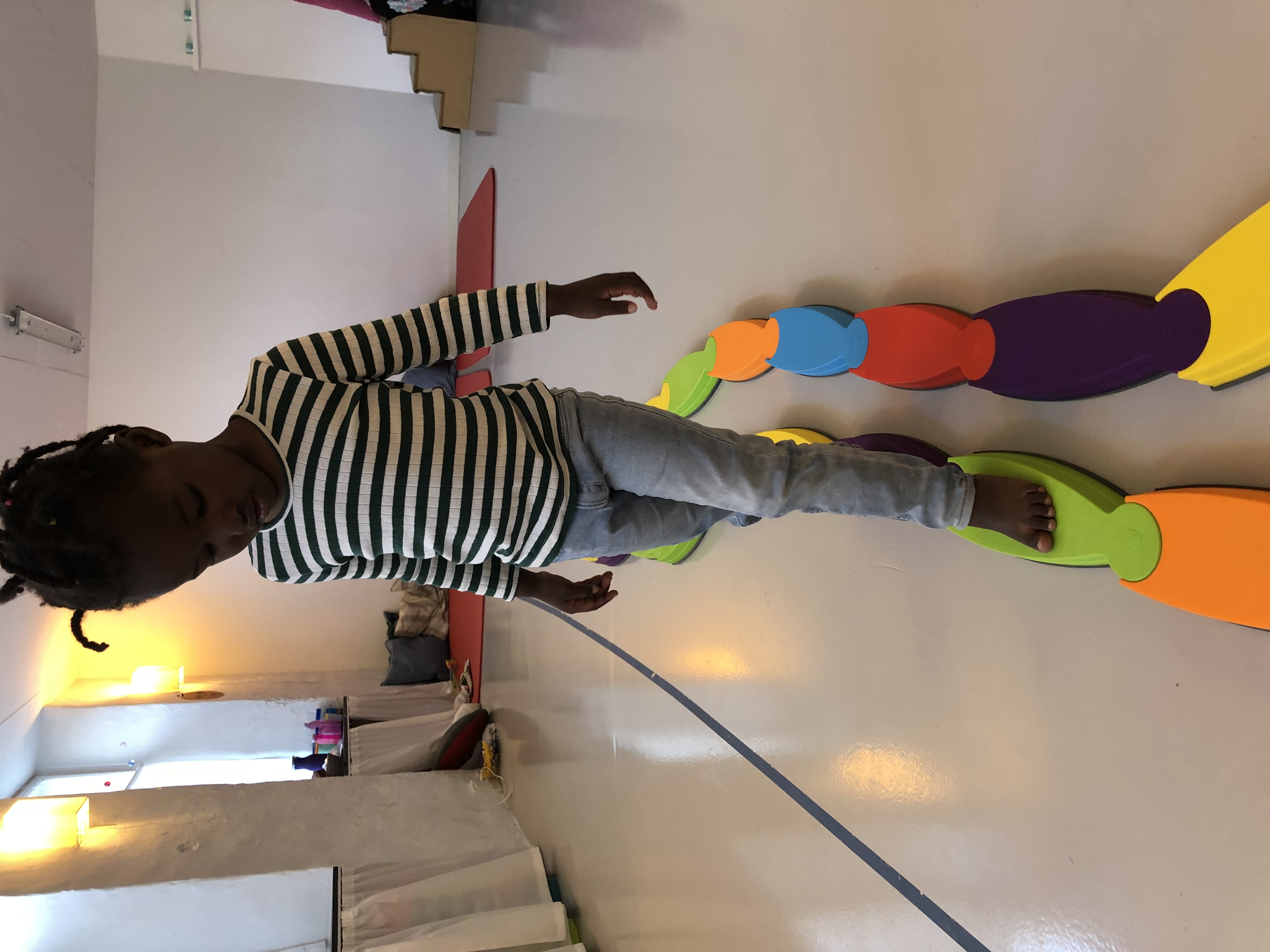The topic of balance has been discussed in several Insights before. That‘s because balance (and keeping it) can be many things and depend on many factors. The vestibular receptors are located in the inner ear. They register whether we are balanced and in movement.
Apart from being registered by the vestibular receptors, our balance is also dependent on the physical state of balance in our bodies. When children grow fast, their sense of balance often deteriorates, due to misalignment between the rate of bone growth and muscle length. Our psychological constitution also influences balance. When we are mentally imbalanced, or are in doubt about our own ability, our psyche affects our balance.
It can also go the other way. If we are sure we can do something, we get better at letting the other senses support the vestibular system. We call this ‘sensory integration’, which is the ability of the central nervous system to get two or more senses to work together as a single meaningful unit.
Good sensory integration means that we have more chance of achieving mastery and success when doing something physical.








